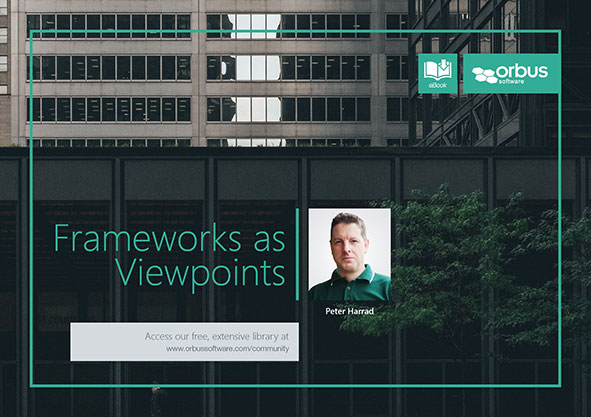This free eBook outlines an alternative way of thinking about frameworks - how should they be tailored for the needs of a given organization?
One of the things about IT is the number of standards, both vendor-specific and independent, that you have to deal with. It gives rise to one of my favorite sayings – “Standards, I love ‘em. Let’s have lots of them.”
As regards to IT management, the same is true for frameworks, there’s an impressive number of overlapping frameworks that come into play from a number of different sources.
Frameworks exist and operate at a higher level than standards, and they are not as immediately critical. Two servers that fail to communicate and so lose a bank’s backup data is one thing, but a failure to tailor the IT governance and enterprise architecture efforts of the same bank won’t get as many headlines, even if the long term effects will be much more severe.
You have Axelos’s ITIL dealing with IT service management. You have COBIT from ISACA for IT governance. You have good old TOGAF from the Open Group (or DODAF or MODAF or FEAF or FSAM from their various government sponsors).
All of these frameworks are supplemented by industry-level reference models such as BIAN, from… BIAN… and then there are vendor-level models such as IBM’s Information Framework (IFW), with all of its subdivisions.
Our eBook outlines an alternative way of thinking about these frameworks that can be helpful in addressing both sets of questions – how a set of frameworks line up to one another, and how frameworks should be tailored for the needs of a given organization.
Login to continue reading and download the ebook.
